The difference between a knife flow and a three-knife flow of coffee
In the method of brewing coffee, the "one-cut" brewing method was learned by many friends as soon as they got started. After studying assiduously, they found that this "one-knife flow" was neither cool nor too simple, so they rushed to more "difficult" techniques.
If you don't know what "one-size-fits-all flow" is, you can click here to quickly learn about [portal] "one-knife flow" is nothing more than to continue to pour the remaining water after steaming. What's the difficulty? If the technology is more tested, it is the control of water flow during water injection.
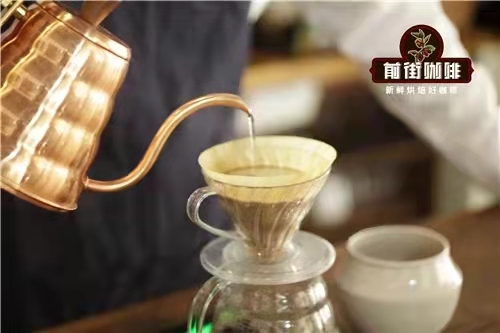
Is that really what it is? This is similar to learning a language. in college, many people choose Japanese as an elective course as a second foreign language, but apart from the factors they really like, they feel easy to use. Within the same cultural circle of Chinese characters, Chinese and Japanese cultures are separated by a strip of water, and they have natural advantages over Latin when learning Japanese. Also rely on these advantages, let us mistakenly think that Japanese is a very simple language, in fact, compared with English, Japanese is easy to learn, because when you get started, there are a lot of strange grammar and honorific waiting for you. English clauses are all brothers in front of it. Going too far, "one-cut flow" is similar to Japanese in that it is easy to learn but difficult to learn. "easy to learn" is that it is easy to operate and does not have to block water injection nodes and control water more finely like other cooking methods. It is only necessary to master the amount of steaming water, the steaming time and the stability of water injection after steaming, and there is not too much understanding and judgment in the process. At the same time, there is also a very scientific basis for brewing. In the first stage, a small amount of water is injected into the coffee powder layer to fully absorb water and exhaust, making it easier for subsequent water to extract coffee substances. The second stage of water injection is the main part of the extraction of coffee flavor substances, so as to complete a cup of coffee, and this set of brewing basis is applied to all roasted coffee beans is the same. In other words, if you fully master the "one-size-fits-all flow", you will be able to rush coffee beans all over the world.
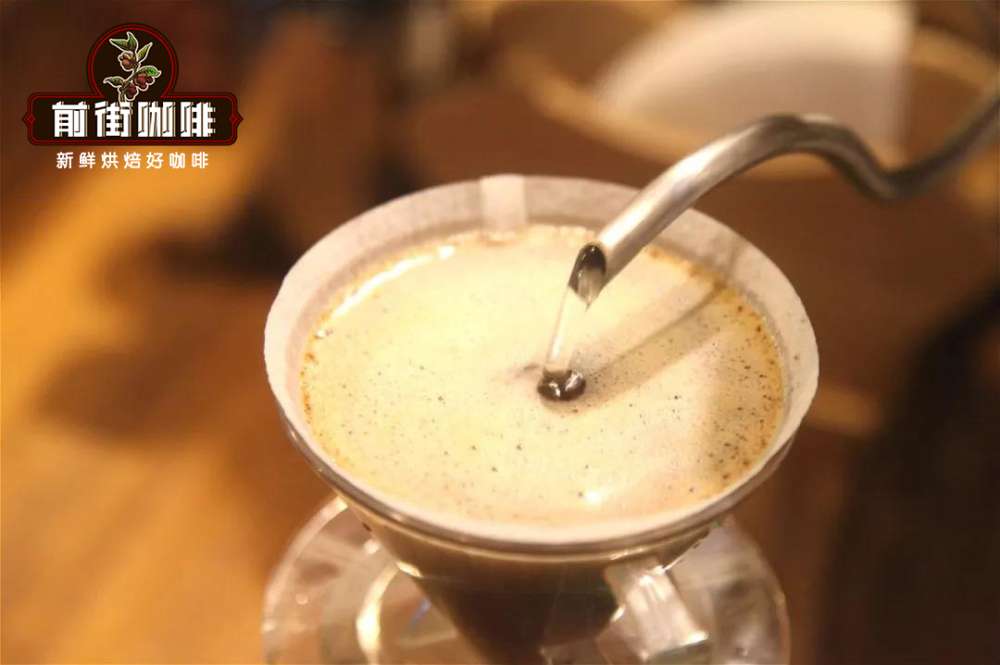
All right, here comes the "hard part". What is difficult with one knife is not the process of brewing, but the degree of understanding of coffee bean information and the rigor of brewing parameters. Coffee bean information includes coffee bean origin, altitude, treatment method, roasting degree, etc.; parameters include water temperature, powder-to-water ratio, grinding degree, and so on; while mastering to brew a cup of good coffee in one fell swoop, you must learn to develop a set of extraction parameters based on the information of coffee beans. Many friends' understanding of the technique is limited to how to inject good water, and when this method of water injection is not good, they will change to another way of water injection. The parameters are all recommended by others (or any bean is a set of parameters).
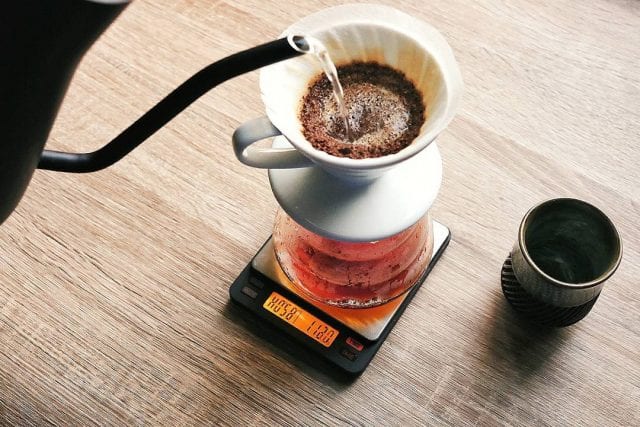
When many people (including Qianjie) distinguish between one-cut flow and multi-stage water injection, they will show that the coffee is cleaner, more acidic and thinner, while the multi-stage style will show the sweetness and fullness of the coffee. There seems to be no problem with this kind of expression, but in fact, there is a premise that they are all compared with the same parameter. If you use the parameters suitable for multi-stage water injection, there is no doubt that multi-stage water injection tastes better than one knife flow, and vice versa. If you use cooking parameters suitable for one-cut flow, it may not be suitable for multi-stage water injection. In fact, another important point of the seemingly simple "one-size-fits-all flow" is more difficult than other ways, that is, the mastery of steaming time, or the judgment of whether the coffee powder layer is fully absorbent.
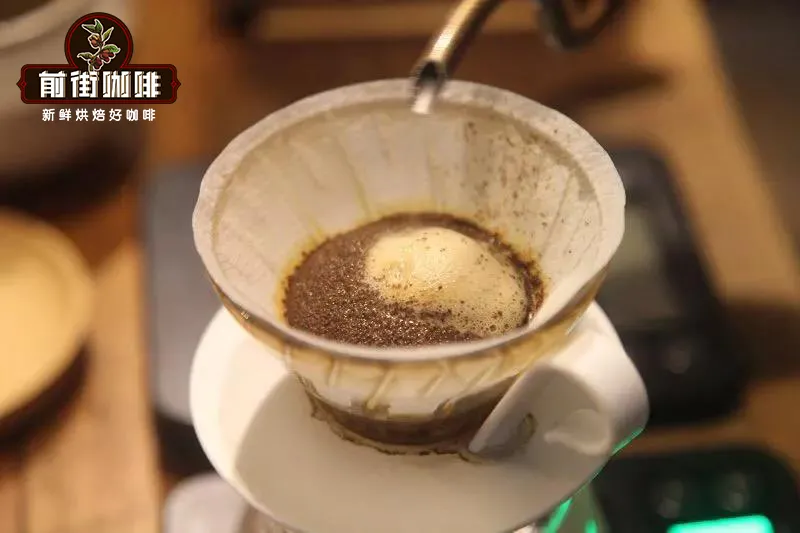
Most friends will follow the rule of steaming for 30 seconds. Just think about whether the coffee is in the same state on the 4th and 14th day after roasting. 30 seconds is just a reference. The coffee extracted when the coffee powder is completely wet shows delicate aroma, lively acidity and smooth taste. In fact, most of the time, the one-size-fits-all flow shows a thin taste and sharp acidity, and a large part of it is caused by steaming and incomplete steaming. Recall that there are any bubbles in the powder layer in your steaming water injection. Those bubbles are proof that the coffee powder is not completely wet. When you think about it, why do so many coffee shops not use one-size-fits-all coffee? is it because it's too simple? "focus a little bit and get to the top."
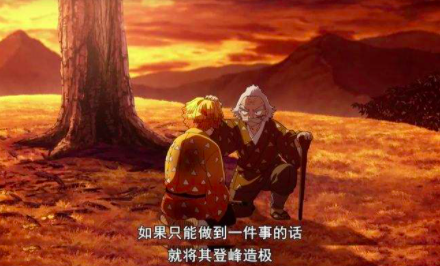
Important Notice :
前街咖啡 FrontStreet Coffee has moved to new addredd:
FrontStreet Coffee Address: 315,Donghua East Road,GuangZhou
Tel:020 38364473
- Prev
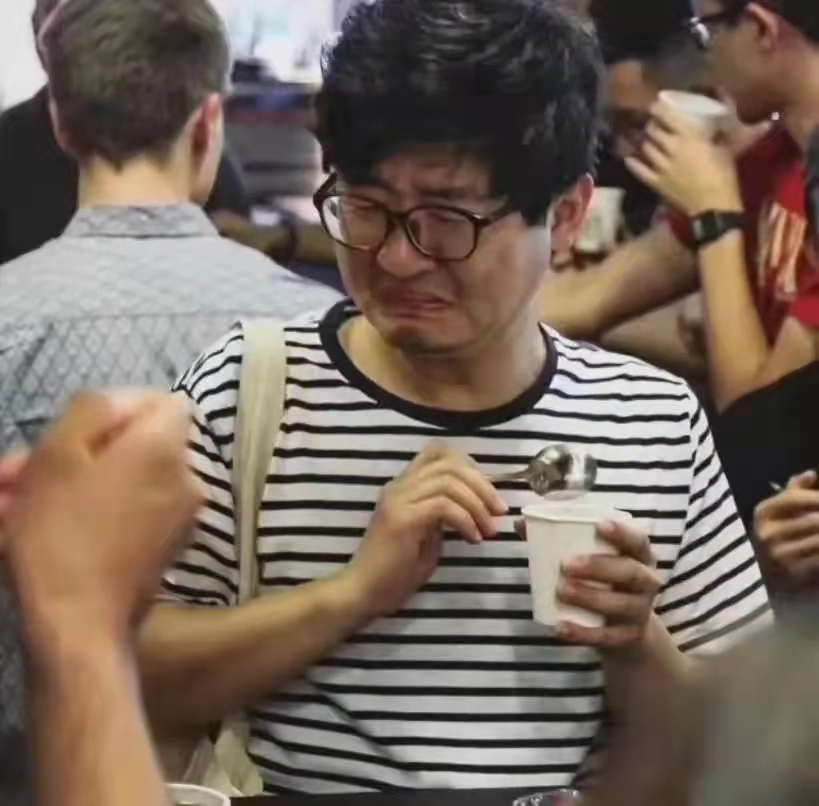
Why does the coffee become astringent and mixed smell when it gets cold? What is the suitable temperature for coffee?
There are few take-out hand-made coffee in Qianjie stores, but at the repeated request of guests, the barista in Qianjie will say, "it's best to drink coffee while it's hot, but it won't taste good when it's cold." I don't know if you have encountered this kind of situation, when you just brew your hand to make coffee, take a sip, it is fragrant and smooth.
- Next
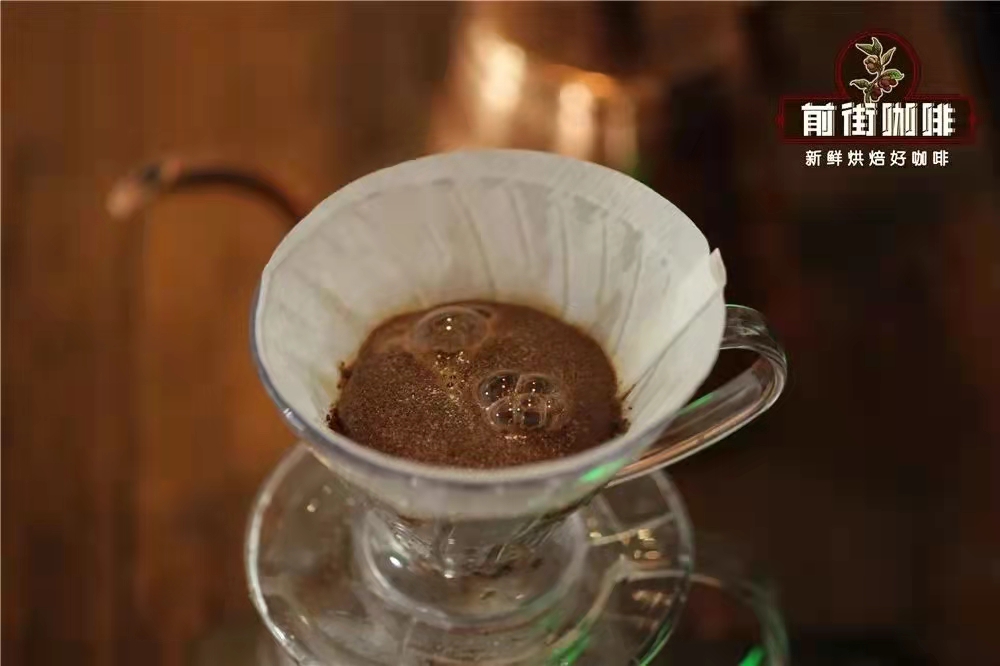
How many days do you keep coffee beans? Is it all right to seal the coffee beans by hand?
Friends who make their own coffee may have a certain concept of the word beans. It doesn't matter if you don't know about friends. Let's talk about why coffee needs beans and how long it will take. When everyone was making coffee, the moment the water came into contact with the coffee powder, the coffee began to bulge, "watching the coffee slowly."
Related
- Beginners will see the "Coffee pull flower" guide!
- What is the difference between ice blog purified milk and ordinary milk coffee?
- Why is the Philippines the largest producer of crops in Liberia?
- For coffee extraction, should the fine powder be retained?
- How does extracted espresso fill pressed powder? How much strength does it take to press the powder?
- How to make jasmine cold extract coffee? Is the jasmine + latte good?
- Will this little toy really make the coffee taste better? How does Lily Drip affect coffee extraction?
- Will the action of slapping the filter cup also affect coffee extraction?
- What's the difference between powder-to-water ratio and powder-to-liquid ratio?
- What is the Ethiopian local species? What does it have to do with Heirloom native species?

